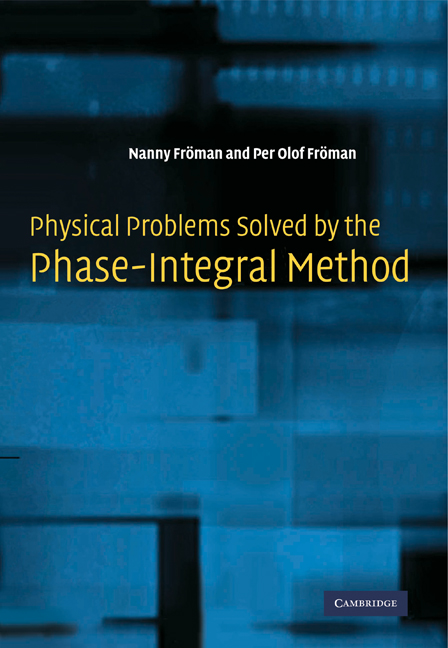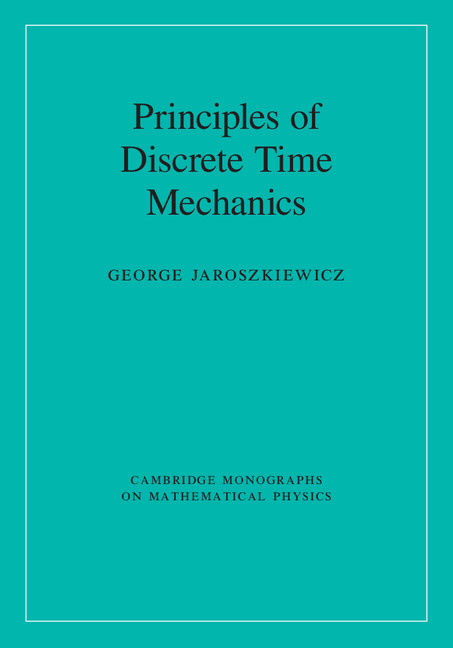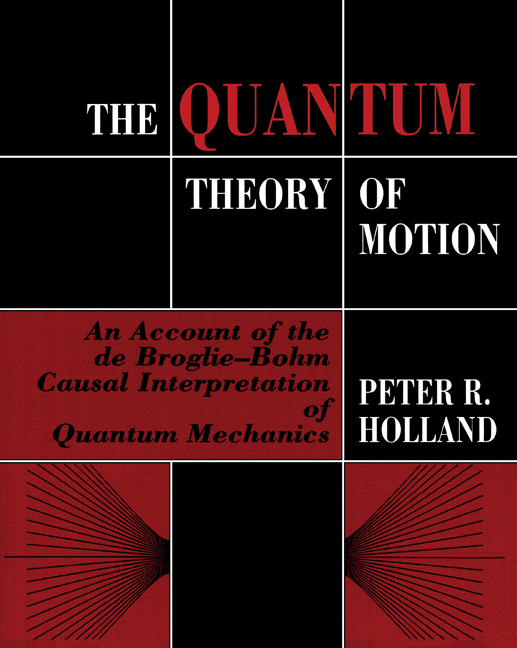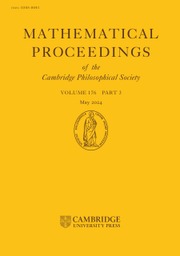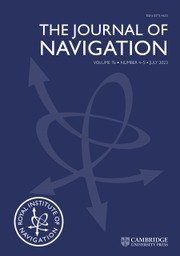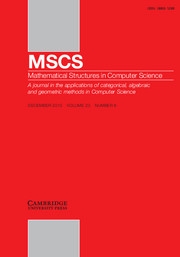Physical Problems Solved by the Phase-Integral Method
This book covers one of the most efficient approximation methods for the theoretical analysis and solution of problems in theoretical physics and applied mathematics. The method can be applied to any field involving second order ordinary differential equations. It is written with practical needs in mind, with 50 solved problems covering a broad range of subjects and making clear which concepts and results of the general theory are needed in each case.
- Contains 50 problems with solutions, to illustrate the practical applications of the theory
- Authors are leading figures in the field
Reviews & endorsements
"In my opinion [the book] will be equally valuable both as an introduction for graduate students and as a reference work for more experienced researchers." Mathematical Reviews
"Thorough" Quarterly of Applied Mathematics
Product details
July 2005Paperback
9780521675765
232 pages
244 × 170 × 12 mm
0.38kg
30 b/w illus. 50 exercises
Available
Table of Contents
- Part I. Historical Survey:
- 1. History of an approximation method of wide importance in various branches of physics
- Part II. Description of the Phase-Integral Method:
- 2. Form of the wave function and the q-equation
- 3. Phase-integral approximation generated from an unspecified base function
- 4. F-matrix method
- 5. F-matrix connecting points on opposite sides of a well isolated turning point, and expressions for the wave function in these regions
- 6. Phase-integral connection formulas for a real, smooth, single-hump potential barrier
- Part III. Problems With Solutions:
- 1. Determination of a convenient base function
- 2. Determination of a phase-integral function satisfying the Schrödinger equation exactly
- 3. Properties of the phase-integral approximation along certain paths
- 4. Stokes constants and connection formulas
- 5. Airy's differential equation
- 6. Change of phase of the wave function in a classically allowed region due to the change of a boundary condition imposed in an adjacent classically forbidden region
- 7. Phase shift
- 8. Nearlying energy levels
- 9. Quantization conditions
- 10. Determination of the potential from the energy spectrum
- 11. Formulas for the normalization integral, not involving the wave function
- 12. Potential with a strong attractive Coulomb singularity at the origin
- 13. Formulas for expectation values and matrix elements, not involving the wave function
- 14. Potential barriers
- References.

